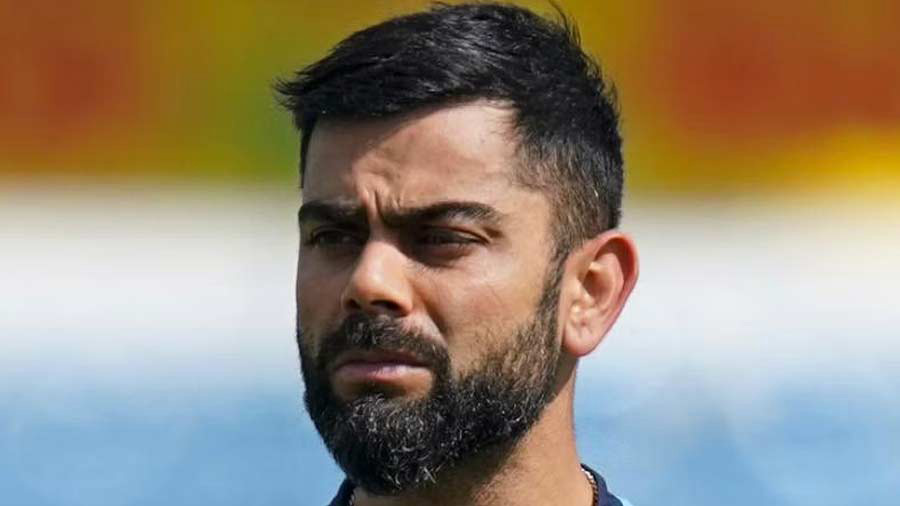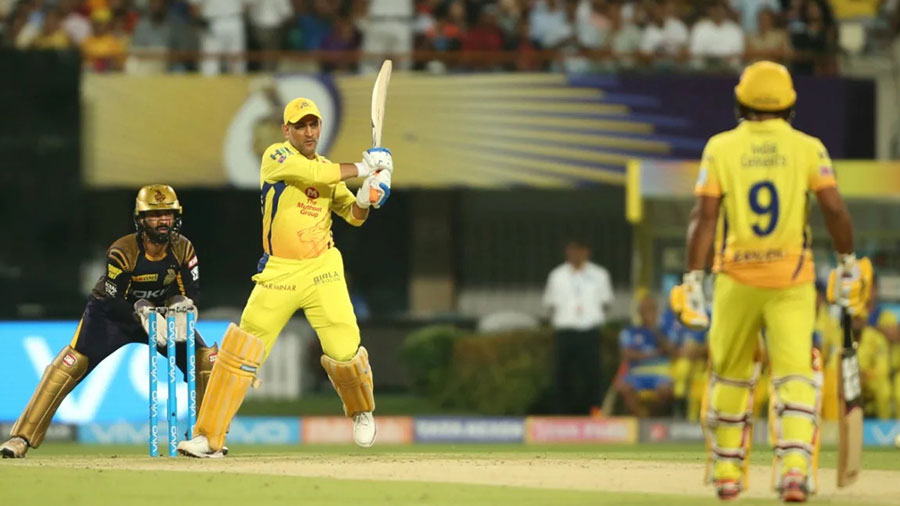Virat Kohli has not scored an international century since smashing his way to 136 in India’s inaugural pink ball Test match against Bangladesh at Eden Gardens on November 22, 2019. Over the last 18 months, Kohli’s dip in form, the most glaring and sustained in his illustrious career, has constantly been in the headlines, with everyone from pundits on screen to experts on Twitter on hand with advice. While every great player inevitably goes through a lean patch, Kohli’s stature has often made it seem more anomalous than it actually is.
To put Kohli’s bad form into perspective, My Kolkata decided to do some number crunching, comparing the 33-year-old’s poor run with those of other greats of the game. What the numbers show is a far more normal, even optimistic picture, than Kohli’s detractors or disillusioned supporters would like to believe.
If this is Kohli’s nadir, it is not that bad

Test cricket, the format Kohli values the most, has also been the arena for his most worrying form of late TT archives
Before comparing and contrasting, let us look at Kohli’s statistics since his ton against Bangladesh in isolation. In Tests, Kohli has scored 872 runs in 32 innings at a disappointing average of 27.25, which is a good 22 runs short of his current career average in the longest format. Kohli has notched up six fifties in the longest format during this period. Numbers like these for India’s premier batter (and also the captain for much of the duration) are a sign of concern, but as we shall find out a little later, almost every top batter undergoes such a phase, especially after turning 30, which Kohli did in November 2018.
In limited overs cricket, Kohli’s numbers are far brighter, to the extent that most international batters would be content to own them. Since his last ODI century, which came against the West Indies at Port of Spain in August 2019, Kohli has 807 runs in 22 innings in 50-over cricket, at a healthy average of 36.68 and with 10 half-centuries. Granted that this average cannot hold a candle to his ODI career average of 57.87, but that has less to do with Kohli’s woeful recent form and more to do with his outstanding consistency. In T20Is, Kohli’s record bears no indication of him struggling, with his last 21 innings yielding 675 runs at a stellar average of 42.18, including six fifties. This is why we have chosen to discard T20I numbers when pitting Kohli against other batting icons, for the simple reason that Kohli is not going through a bad patch in T20Is (and also because several of them are irregular T20I players or have barely played any at all).
Kohli versus the rest of the fab four: Only Joe Root is better off
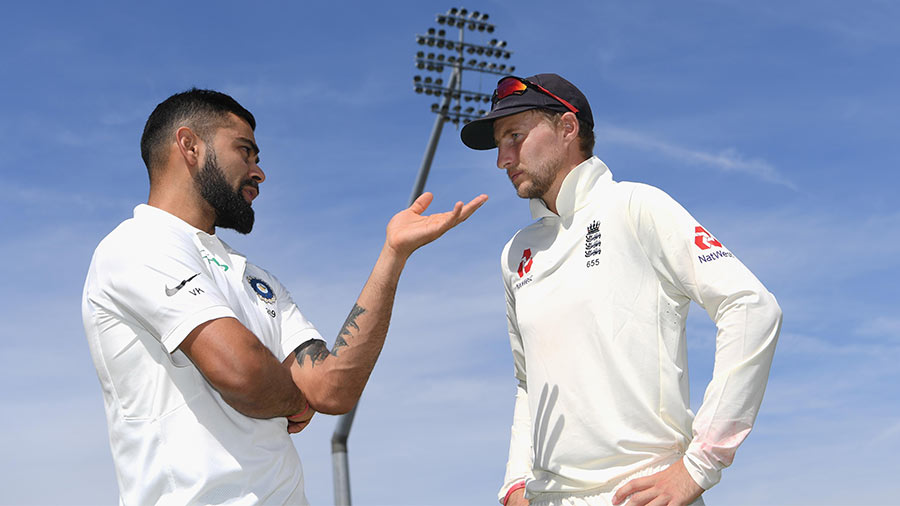
Among the rest of the fab four, only Joe Root has done better than Kohli during their worst runs in Tests and ODIs ICC
Before we dive headlong into the comparisons with the other three members of cricket’s present fab four — Steven Smith, Joe Root and Kane Williamson — a couple of disclaimers are worthwhile. In picking out the worst phase experienced by other outstanding batters of their generation, we have generally discarded the first year of their international careers, as that is the time when they are new to the highest level and naturally need time to bed in. Moreover, in selecting the beginning and the ending of a bad phase, we have taken into account the general pattern of scores (instead of placing an outsized importance to centuries or the lack of them) as well as the batting position (innings played down the order have not been treated on a par with those in the top four or five). In other words, like so much else in the world of sports statistics, this exercise is not an exact science.
Now that the caveats are out of the way, this is what the numbers reveal. When it comes to Tests, Root, even at his worst, is in a league of his own. During Root’s worst phase in Tests, which came between December 2019 and August 2020, he scored 541 runs in 16 innings at an average of 36.06, including four fifties. This is significantly better than Kohli’s Test run as well as those of Smith and Williamson. Smith, whose career average in Tests of 60 is the highest among the fab four, had his worst time in his favourite format between September 2019 and December 2020, when his numbers were not too different from those of Kohli’s, with the Australian scoring 367 runs in 13 innings at an average of 28.23, including three fifties. On the other hand, Williamson’s dark days with the red ball came much earlier, between January and May 2013, when he could only muster 338 runs in 13 innings at an average of 26.00, including three fifties.
One point to note is that in Tests, Kohli’s lean patch has already lasted at least twice as long as the lean patches of the other three. So the concern is more the length of the dip than the extent of it.
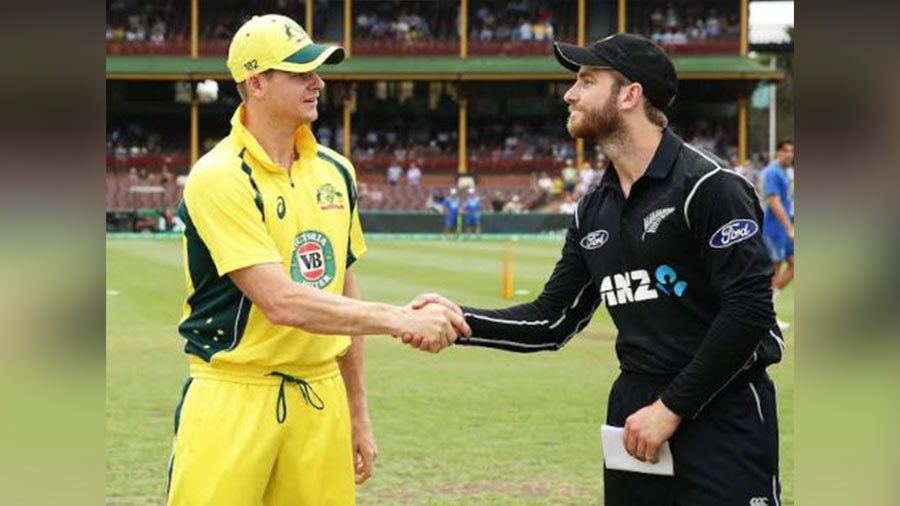
Steven Smith and Kane Williamson have both had it far worse than Kohli during their lowest points in ODI cricket ICC
In terms of ODI droughts, it is Root again who emerges as an outlier. In fact, the worst period of Root’s ODI career that we could find (once he established himself in the England side) is the current one, with his last century coming against the West Indies in June 2019. However, in the time since, Root still averages a fantastic 41.61, with 541 runs in 16 innings, including four fifties. Both Smith and Williamson, though, have endured far more agonising runs in ODI cricket, with the former scoring 401 runs in 16 innings between January 2017 and June 2019, at an average of 28.64, including three fifties. While the latter could only accumulate 367 runs in 14 innings between February 2012 and January 2013 at an average of 26.21, including three fifties.
The bottomline when it comes to the fab four is this: Root, at least till now, is by far the most stable of them across both Tests and ODIs, but as far as Smith and Williamson go, their worst in international cricket has mostly been worse than what we have seen from Kohli.
Kohli versus the GOATs: Clear of everyone bar Ricky Ponting in ODIs
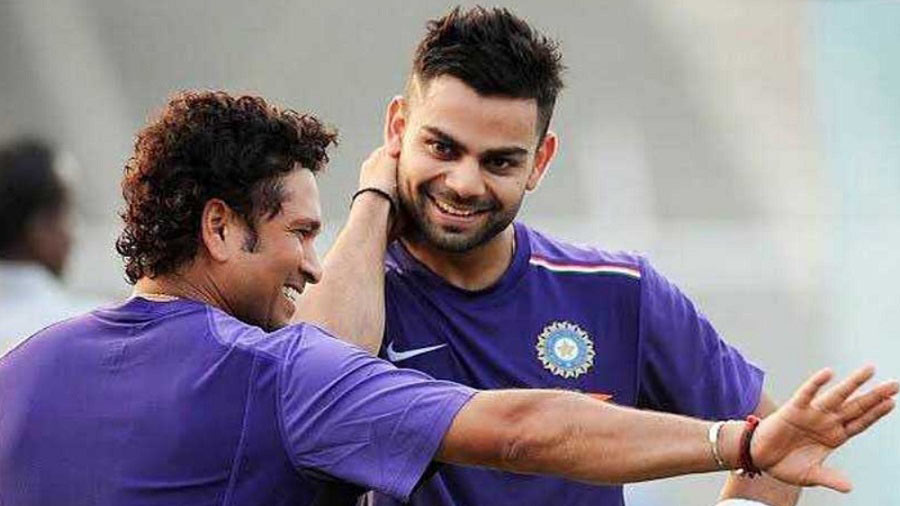
In spite of his prolonged dry spell with the bat, Kohli is still on track to overtake his idol Sachin Tendulkar in terms of aggregate international runs TT archives
Only six players in the history of the men’s game have more international runs than Kohli’s current tally — Sachin Tendulkar, Kumar Sangakkara, Ricky Ponting, Mahela Jayawardene, Jacques Kallis and Rahul Dravid (in that order). Placing their respective months of misery against Kohli’s, it is surprising how well Kohli fares in most cases.
Tendulkar, whose numbers are repeatedly stacked against Kohli’s, slowed down considerably in Tests in the last two years of his career, between January 2011 and November 2013, scoring 1229 runs in 39 innings at an average of 31.51, including nine fifties. During the Master Blaster’s most problematic phase in ODIs, between March 2004 and April 2005, only 419 runs in 15 innings came his way, at an average of 29.92, including three fifties. Another of Kohli’s former teammates, Rahul Dravid, only fared marginally better than Kohli in Tests, averaging 31.63 between April and December 2004, while the Wall’s ODI slump saw him average just 23.66, well below Kohli’s, during the last four years of his career.
With the exception of Ricky Ponting, who averaged 38.08 in 24 innings between November 2003 and December 2004, all these legends all had a lower average than Kohli during their hardest spell in ODI cricket. In Jayawardene’s case, his average slipped to as low as 16.76 across 13 innings between July 2013 and March 2014.
In Tests, however, it is only Jayawardene who averaged lower than Kohli when things did not go his way. Between June 2012 and December 2013, Jayawardene’s average plunged to 21.82 across 17 innings, before he got back on track.
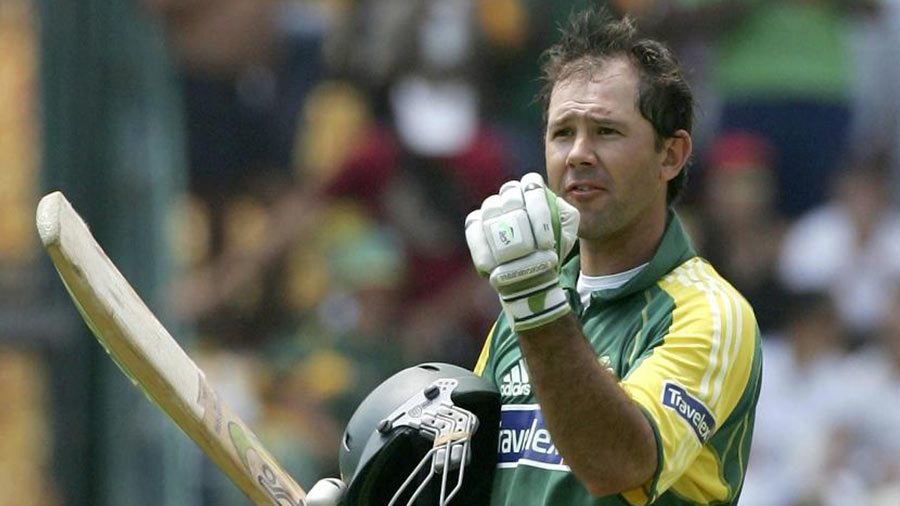
Out of the six batters who have more international runs than Kohli, only Ricky Ponting fares better with respect to lean spells in ODI cricket ICC
Just like with the fab four, the comparisons shed more doubts over Kohli’s Test woes than over his below-par (by his standards) ODI displays. The other thing to note is that for most of the aforementioned legends, their form plummeted during the twilight years of their career, frequently overlapping with periods of injuries. At 33, Kohli still has a few years of international batting left in him and has been relatively injury free during his worst phase.
Having said that, Kohli is still on course to surpass each one of these six legends in terms of aggregate career runs should he play as many matches as them, which underlines just how much Kohli has already accomplished and the heights that are yet to come.
The final takeaways from all this number crunching are these: Kohli’s bad patch, while longer than most, is by no means an unmitigated disaster. But should he choose to prioritise one format over another, at least for the short-term, Tests clearly constitute a bigger area of improvement than ODIs. Finally, with time and fitness on his side, Kohli is still very much on his way to rewriting batting history, with Sunday’s series decider against England at Old Trafford the ideal place to resume his quest to become, at least statistically, the greatest all-format batter of all time.
